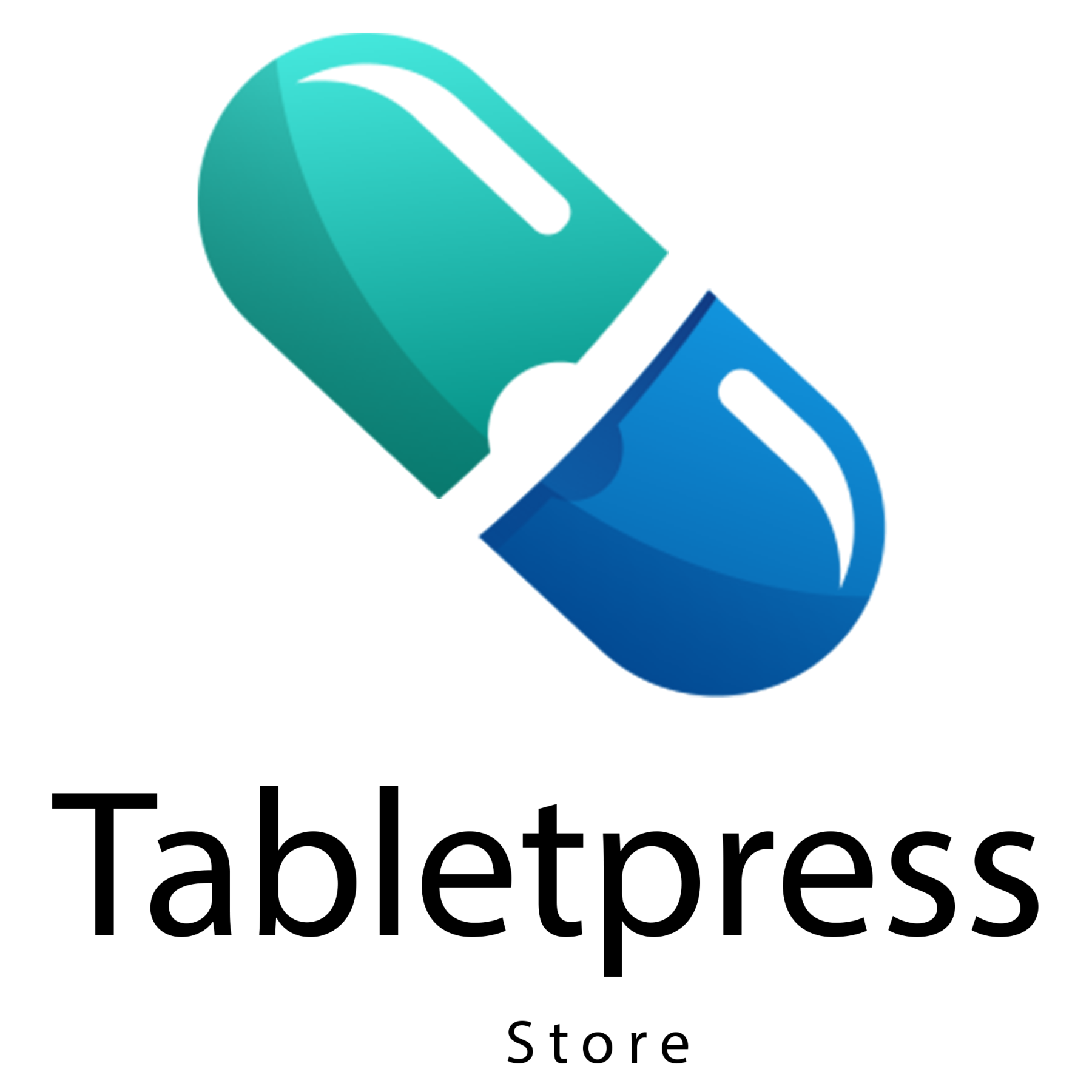Challenges and Solutions in Tablet Manufacturing: Ensuring Quality and Efficiency
Tablet manufacturing is one of the most critical processes in the pharmaceutical industry. Tablets are the most widely used dosage...
WELTWEITER VERSAND - Jetzt bestellen
In the pharmaceutical and food supplement industries, tablet presses are essential for transforming powdered ingredients into solid tablets. A critical component of these machines is the tooling, which directly impacts the quality, consistency, and efficiency of tablet production. Understanding tablet press tooling is crucial for manufacturers aiming to optimize their production processes and maintain high standards of product quality. This comprehensive guide delves into the various aspects of tablet press tooling, including types, materials, maintenance, and best practices.
Conclusion: Understanding tablet press tooling is fundamental for manufacturers in the pharmaceutical and food supplement industries. By selecting the appropriate tooling types and materials, maintaining them properly, and implementing best practices, manufacturers can ensure efficient production, consistent tablet quality, and compliance with regulatory standards. As technology continues to advance, staying informed about the latest developments in tablet press tooling will help manufacturers maintain a competitive edge and meet the evolving demands of the market.
Tablet manufacturing is one of the most critical processes in the pharmaceutical industry. Tablets are the most widely used dosage...
Tablet compression technology has evolved significantly over the years, driven by the need for more efficient, precise, and versatile solutions...
Tablet press machines, often referred to as tablet compression machines, are essential tools in the pharmaceutical industry. These machines are...
Tablet compression machines, also known as tablet presses, are the backbone of tablet manufacturing in the pharmaceutical industry. These machines...
